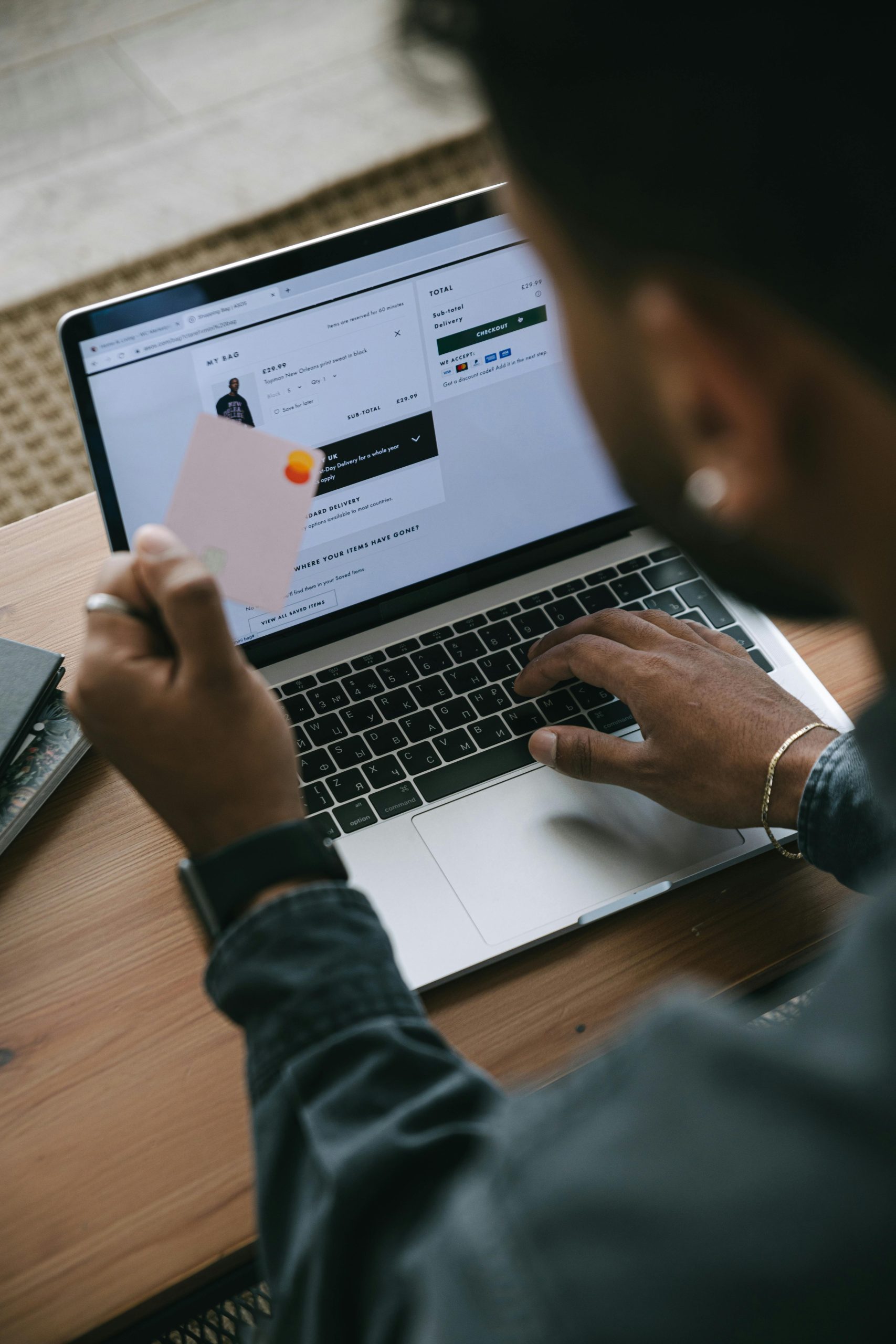Exploring the Disparity Between Aesthetics and Usability in Website Design
In the realm of web development and design, visual appeal often takes center stage. A stunning website can capture user attention immediately, conveying professionalism and brand identity through compelling imagery, sleek layouts, and modern aesthetic choices. However, high visual quality does not always equate to an optimal user experience (UX).
This raises an important question: are there prominent examples of websites that, despite their striking appearance, fall short in usability? Many industry experts and users alike have encountered or observed such sites, where the visual design may be nothing short of impressive, yet the practical, interactive elements leave much to be desired.
While recalling specific examples can be challenging—partly because users tend to judge websites holistically—the broader pattern is well recognized. Often, sites with elaborate graphics, animations, or complex visual effects may inadvertently hinder navigation or cause frustration. This disconnect underscores the importance of balancing aesthetics with user-centric design principles.
For instance, a website featuring elaborate visual elements might suffer from slow load times, confusing navigation structures, or unresponsive interactive components. Such issues can undermine user satisfaction, regardless of how visually appealing the site appears.
A case in point from a semi-related perspective is Facebook’s Marketplace feature. Some users have expressed frustration with its inconsistent appearance across different pages, encountering both subpar visual integration and difficulty in using certain features. While social media platforms are not traditional commercial websites, they exemplify how functional usability is vital, even when visual design is prioritized.
In summary, the most successful websites are those that harmonize aesthetic appeal with intuitive usability. Striking this balance ensures that users not only enjoy visiting the site visually but also can navigate efficiently and accomplish their goals effortlessly.
If you have experienced websites that look exceptional but are frustrating to use, sharing examples can foster our understanding of how to improve the harmony between design and functionality. Ultimately, prioritizing user experience alongside stunning visuals is key to creating impactful, effective websites.

